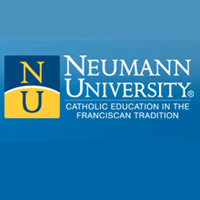Below is a summary of the abstract you submitted. Presenting author(s) is shown in bold.
If any changes need to be made, you can modify the abstract or change the authors.
You can also download a .docx version of this abstract.
If there are any problems, please email Dan at dar78@pitt.edu and he'll take care of them!
This abstract was last modified on March 16, 2021 at 11:22 a.m..

From 2018 to 2020, 15 students at Neumann University collected soil and water samples from areas around Delaware County, PA. Microbacterium foliorum NRRL B-24224 SEA was used as the host to isolate approximately 20 bacteriophage as part of the Phage Discovery course. Currently we have 7 phage genome sequences: 2 Cluster EE, 2 Cluster EF and 1 of each in Clusters EA9, EB, and EK1. The current focus of the research is to determine if we can determine related phage clusters based on host range experiments. Currently, the research has focused on evaluating 13 of our phage for host range experiments by comparing sequenced phage to those that of non-sequenced phage using 8 different Microbacterium species. Preliminary results show that a majority of the phage show a broader host range than expected, however at considerably reduced infection titers when compared to their original host. The Cluster EA9 phage, GaeCeo, has been seen to have better infectivity rates than that of our other sequenced phage, with it being able to infect 4 other hosts at higher titers than other phage tested. While one of our non-sequenced phage, FullMetal, has been seen to infect 5 of the 8 strains tested with lower titer numbers than GaeCeo. Further examination of the host range and titer numbers is needed for confirmation of these results. In addition the examination of the minor tail protein sequences is currently under investigation


